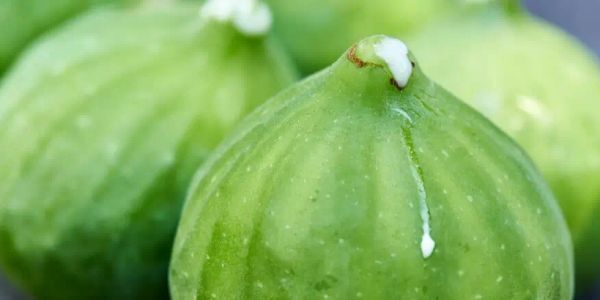
Lemon trees are beloved for their fragrant flowers and tangy fruit, making them a popular choice for home gardens. While most lemon trees are grown from seeds or grafting, there is an intriguing alternative: growing lemon trees from lemon leaves. Although this method may not be widely known, it presents a unique challenge for plant enthusiasts. In this guide, we will walk you through the steps of growing lemon trees from lemon leaves, providing you with an exciting project to try in your garden.
What You Will Need
To get started, gather the following materials:
- Healthy lemon leaves from a mature lemon tree
- A clean, sharp knife or scissors
- Rooting hormone (optional)
- A pot with well-draining soil or a seedling tray
- Plastic bags or plastic wrap
- A warm and bright location with indirect sunlight
Step-by-Step Guide
Leaf Selection
Begin by selecting healthy and mature lemon leaves from a robust lemon tree. Choose leaves that are free from pests and diseases to increase your chances of success.
Leaf Cuttings
Using a clean knife or scissors, cut the lemon leaves into sections, making sure each section contains part of the main vein. Aim for cuttings that are about 4-6 inches long. Taking multiple cuttings can improve the likelihood of success.
Rooting Hormone (Optional)
If you want to boost the chances of root formation, you can apply a rooting hormone. Dip the cut end of each leaf cutting into the hormone according to the manufacturer’s instructions.
Planting
Place the prepared leaf cuttings horizontally in a pot with well-draining soil. The cut end should be slightly buried. If you have multiple cuttings, space them a few inches apart in the same pot or tray.
Enclose in Plastic
Cover the pot or tray with clear plastic to create a mini greenhouse effect. This helps maintain humidity, which is crucial for rooting.
Provide Adequate Care
Position the pot or tray in a warm location with indirect sunlight. Keep the soil consistently moist but not waterlogged by lightly misting the cuttings or watering them when necessary.
Patience
Root development is a gradual process that can take several weeks to a few months. During this time, continue caring for the cuttings and monitor the humidity inside the plastic enclosure.
Transplanting
Once the cuttings have developed roots and grown into small plants, you can transplant them into larger pots or directly into the garden. Make sure they receive sufficient sunlight and water as they continue to grow.
Tips and Considerations
Here are some tips to keep in mind when growing lemon trees from leaves:
- Not all lemon leaves will successfully develop into new trees. This method has a variable success rate.
- Certain lemon varieties may be more suitable for leaf propagation, so feel free to experiment.
- Avoid overwatering the cuttings, as excessive moisture can lead to rot.
- Maintaining a warm and humid environment is crucial during the rooting phase.
- Keep in mind that growing lemon trees from leaves can be more challenging and less predictable than using seeds or grafts.

In conclusion, propagating lemon trees from leaves is an intriguing and educational gardening project. While it requires patience and the success rate is not guaranteed, the process can be rewarding for those who enjoy experimenting with plant growth. For more consistent results, many gardeners prefer propagating lemon trees from seeds or grafts. However, with the right care and conditions, you might successfully grow a lemon tree from a leaf cutting. So why not give it a try and embark on this fun and challenging project in your garden?




